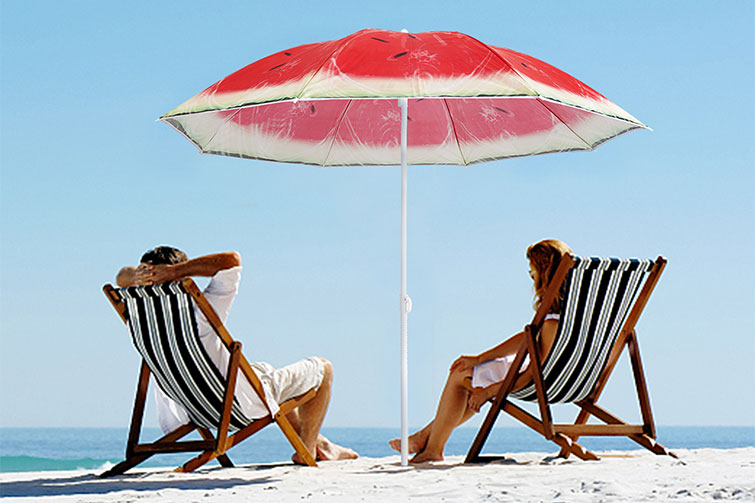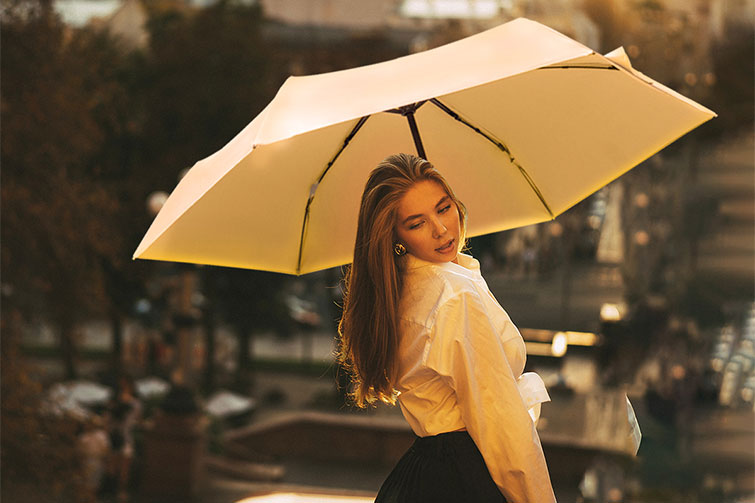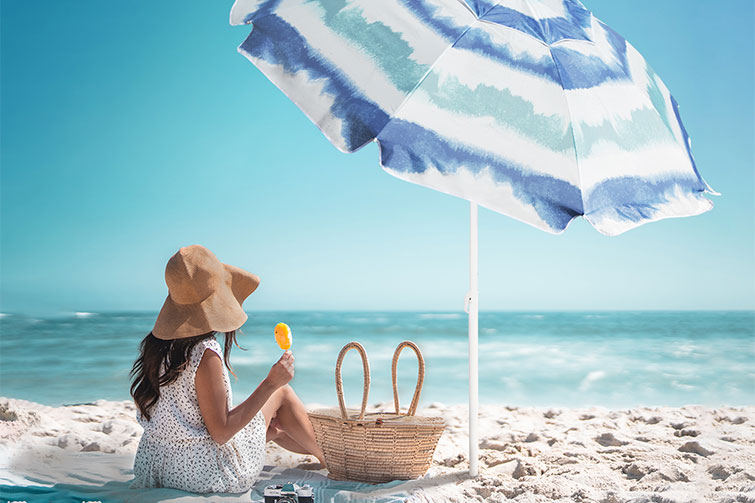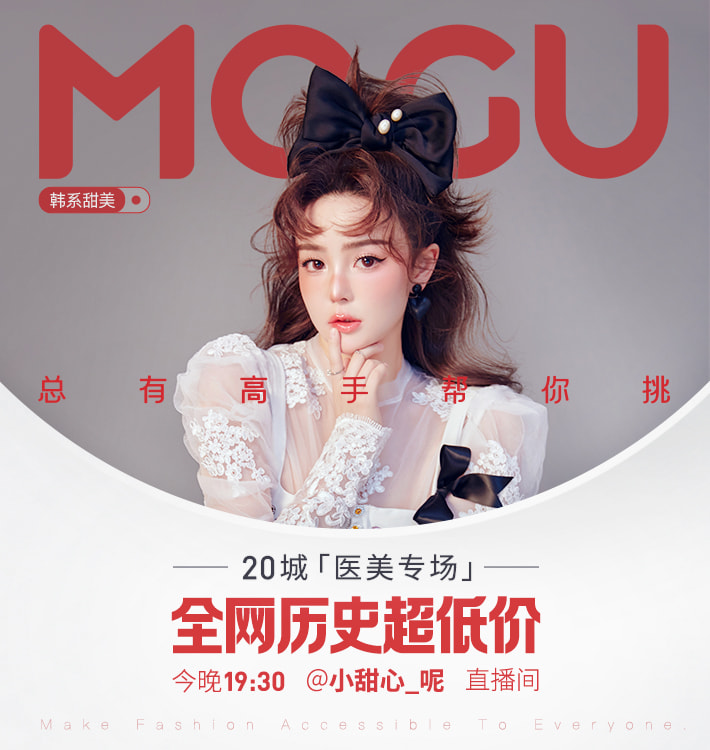

How to Choose a Practical Umbrella
An umbrella is one of the most common yet essential everyday items. Whether it’s for protection from rain or from the blazing summer sun, a good umbrella can make your day much more comfortable. However, not all umbrellas are made equal. Some break easily in strong winds, others are too heavy to carry, and some fail to block UV rays effectively. So, how can you choose a truly practical umbrella that combines durability, convenience, and comfort? Here are several key factors to consider before making your choice.
1. Consider the Umbrella’s Size and Portability
The first thing to think about is how and where you plan to use the umbrella. If you often walk to work or travel, a compact folding umbrella is ideal. It can easily fit in your bag or backpack and is convenient to carry around daily. Many modern folding umbrellas can be reduced to as small as 20–25 cm when closed, yet still provide wide coverage when opened.
However, if you live in an area with frequent heavy rain or strong wind, a full-sized non-folding umbrella might be more practical. It usually offers better stability and durability, thanks to its stronger structure and larger canopy. The trade-off is portability—these umbrellas are less convenient to carry but offer more reliable protection.
2. Choose a Strong and Durable Frame
One of the biggest problems with cheap umbrellas is that they flip inside out or break easily during windy weather. To avoid this, pay close attention to the frame material.
- Fiberglass frames are highly recommended. They are lightweight, flexible, and resistant to both rust and wind pressure.
- Aluminum frames are light but can bend easily in strong winds.
- Steel frames are strong but heavier, suitable for large or golf umbrellas.
Additionally, look for windproof designs that use flexible ribs or double-canopy construction. The double-canopy design allows wind to pass through the vents, reducing pressure and preventing the umbrella from flipping over.
3. Check the Fabric Quality
The canopy fabric determines how well the umbrella resists rain, dries, and blocks sunlight. The most common materials are:
- Polyester: Durable, water-resistant, and quick-drying. It’s the most popular choice for everyday umbrellas.
- Pongee: A premium fabric with a smoother texture and stronger resistance to both water and UV rays.
- Nylon: Lightweight but tends to absorb more water, making it slower to dry.
If you plan to use the umbrella in sunny weather as well, choose one with a UV protection coating or silver layer inside the canopy. A UPF (Ultraviolet Protection Factor) of 50+ can effectively block 98% of UV rays, making the umbrella suitable for both rain and sun.
4. Look for an Automatic Open and Close Function
Technology has made umbrellas more convenient than ever. Automatic umbrellas can be opened or closed with the press of a button—perfect for getting in and out of cars or buildings quickly in heavy rain.
However, not all automatic umbrellas are equally reliable. Make sure the mechanism feels smooth and sturdy. Poor-quality systems may jam or break after a few uses. For maximum convenience, choose a double automatic model, which both opens and closes with one button, saving you effort during busy or rainy moments.
5. Weight and Comfort in Handling
A practical umbrella should not only work well but also feel comfortable to hold. The handle design is an often-overlooked feature. A rubberized or ergonomic handle provides a firm and non-slip grip, even when your hands are wet. Wooden handles look elegant and feel warm, while plastic handles are lightweight and affordable.
The overall weight also matters, especially if you carry the umbrella for long periods. Ideally, a compact umbrella should weigh under 400 grams without sacrificing strength.
6. Water Repellency and Quick Drying
A high-quality umbrella should be made of water-repellent material that causes rain to roll off quickly instead of soaking in. This feature not only keeps you dry but also makes the umbrella easier to store after use. Look for products labeled with “nano-coating” or “Teflon coating”, as these treatments significantly improve water resistance and drying time.
7. Aesthetic and Color Choice
Although practicality is key, style should not be ignored. Umbrellas come in various colors and designs—solid, patterned, transparent, or even reflective. For daily use, neutral colors such as black, gray, or navy look elegant and are suitable for any occasion. For sunny days, a light-colored or UV-coated umbrella is preferable, while for rainy seasons, bright colors improve visibility and safety.
8. Price vs. Value
Finally, while it’s tempting to buy cheap umbrellas, they often wear out quickly or break after a few uses. A high-quality umbrella, though slightly more expensive, provides long-term value through durability and better protection. Investing in a well-made umbrella saves money in the long run and ensures you stay dry and comfortable in any weather.
Conclusion
Choosing a practical umbrella means finding the right balance between durability, convenience, protection, and style. Look for strong materials, wind-resistant structures, reliable opening mechanisms, and fabrics that repel both rain and UV rays. A well-chosen umbrella is not just a rainy-day tool—it’s a reliable companion that protects you through all kinds of weather. So, the next time you shop for one, think beyond color and price—choose the umbrella that truly makes your daily life easier and more comfortable.



